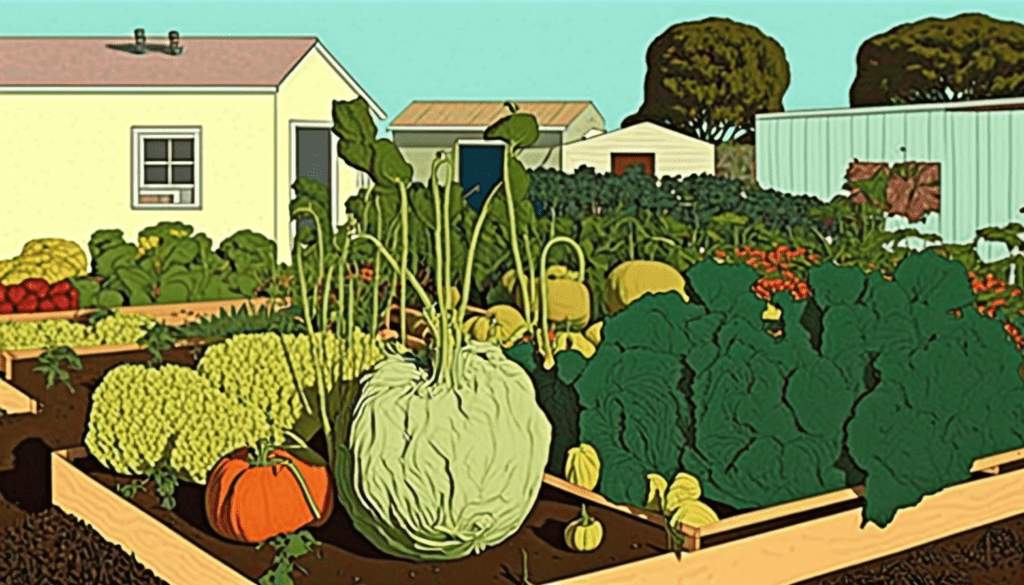
The practice of growing vegetables in the ground has been around for centuries, with evidence of domesticated gardens dating back to ancient times. Today, the trend towards home gardening is stronger than ever, with more and more people seeking to grow their own food in a way that is sustainable, healthy, and satisfying. In this article, we will explore the history, recent fads, why, how, pros, and cons of home in-ground vegetable gardens, as well as how to create an organic version of this traditional gardening method.
The History of In-Ground Vegetable Gardens
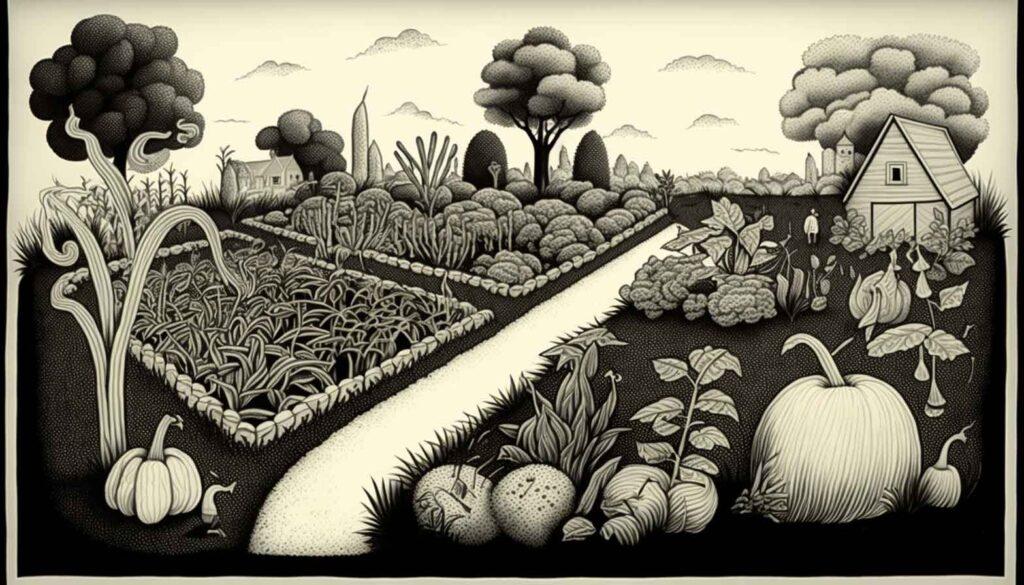
In-ground vegetable gardens have been a staple of human societies for millennia. Early civilizations, such as the Greeks and Romans, used gardens to grow a variety of crops for food and medicine. In more recent times, the Victory Gardens of World War II helped to feed millions of people during a time of food scarcity. Today, the popularity of in-ground vegetable gardens continues to grow, as more people seek to take control of their food supply and live a more sustainable lifestyle.
The Recent Fads in Home Gardening
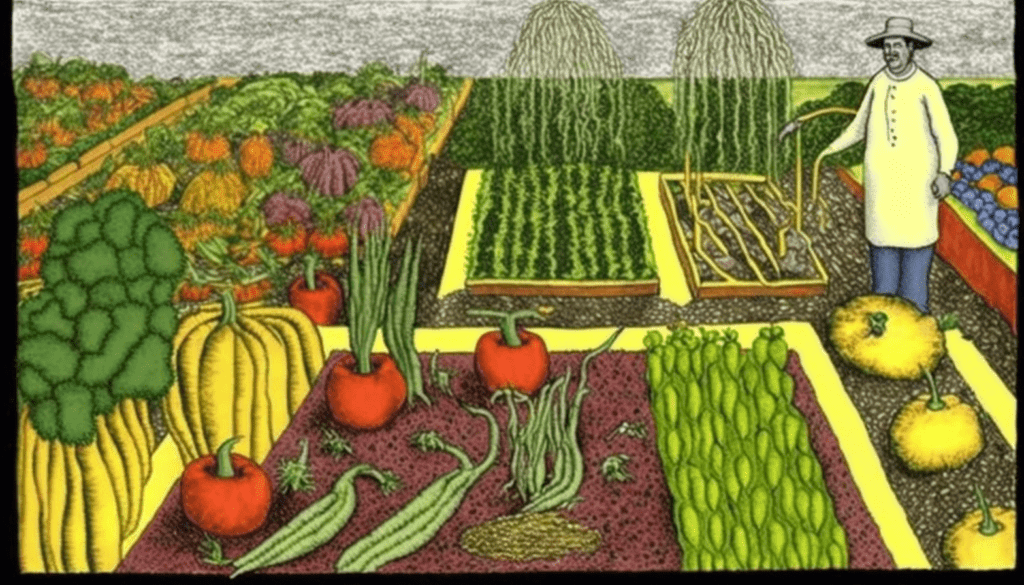
Home gardening has experienced a surge in popularity in recent years, with a growing interest in sustainable living, the desire for fresh and healthy produce, and the recent pandemic, which has led many people to seek out new hobbies and ways to spend time at home. One of the recent fads in home gardening is companion planting, which involves planting different types of crops together in a way that benefits both plants. Another trend is square foot gardening, which involves dividing a garden into small sections and planting different crops in each section to maximize space and yield.
Benefits of In-Ground Vegetable Gardens
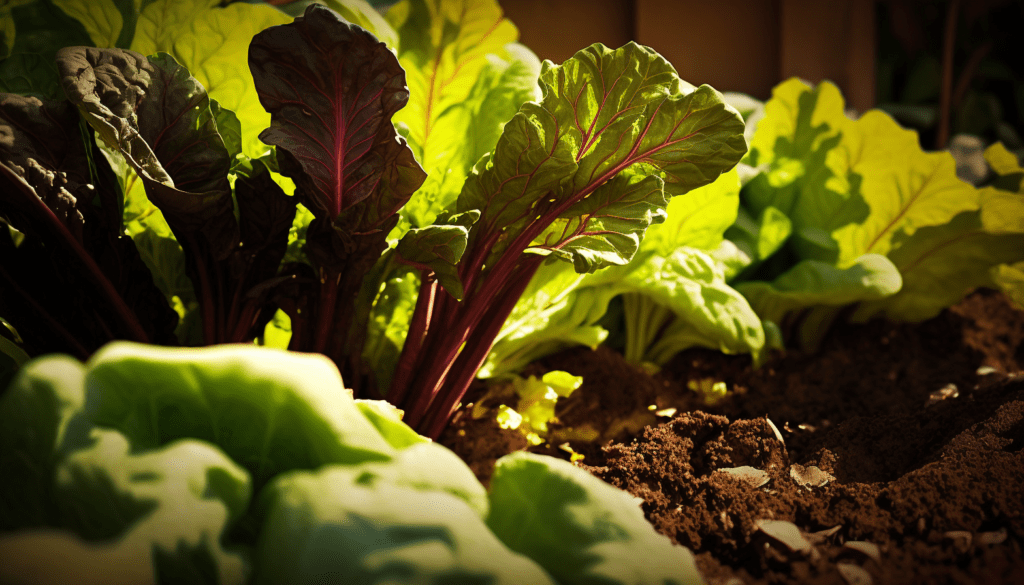
One of the main benefits of in-ground vegetable gardens is that they offer a low-cost, sustainable way to grow your own food. By planting your own vegetables, you can reduce your carbon footprint, support local agriculture, and avoid the use of harmful pesticides and fertilizers. Additionally, in-ground gardens provide a deeper soil profile than raised beds, which can be beneficial for plants with deep root systems.
Another benefit of in-ground vegetable gardens is that they can help you save money on groceries. By growing your own produce, you can reduce your reliance on expensive grocery store produce and enjoy fresh, healthy food all season long. Plus, the satisfaction of growing your own food is hard to beat!
How to Build Your Own In-Ground Vegetable Garden
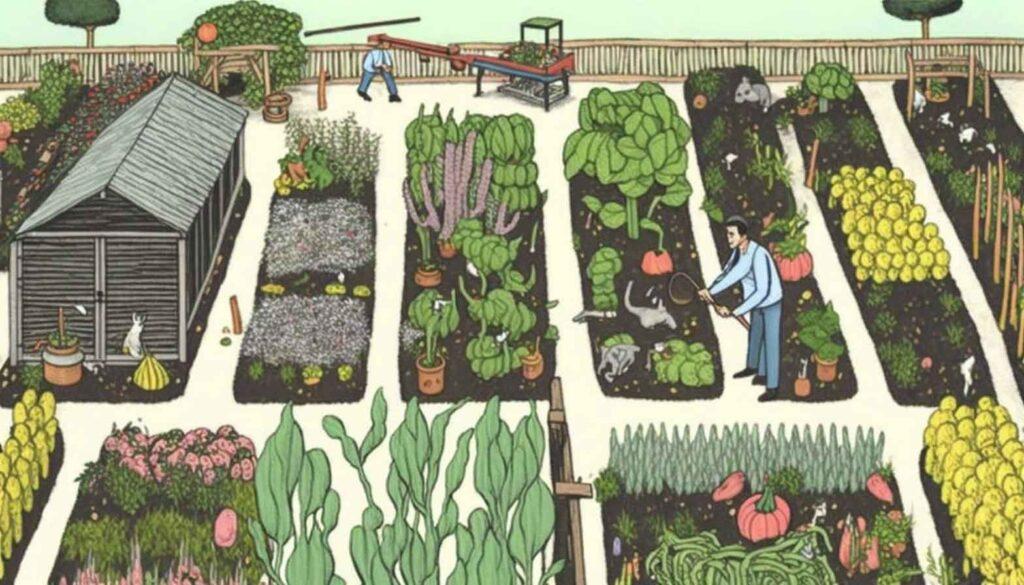
Building your own in-ground vegetable garden is a relatively simple process. First, choose a location that receives at least six hours of sunlight per day and has good drainage. Then, prepare the soil by removing any weeds or rocks and adding compost or other organic matter to improve the soil structure. Finally, plant your seeds or seedlings and water regularly.
To maximize the yield of your in-ground vegetable garden, consider using companion planting, square foot gardening, or other planting strategies. Additionally, consider using organic pest control methods, such as natural predators or organic pesticides, to avoid the use of harmful chemicals.
The Pros and Cons of In-Ground Vegetable Gardens
Like any gardening method, in-ground vegetable gardens have both pros and cons. On the one hand, they offer a low-cost, sustainable way to grow your own food, with a deeper soil profile that can benefit certain crops. In-ground gardens also require less initial investment than raised beds and can be a good option for those with limited space or mobility.
However, in-ground vegetable gardens can be more difficult to maintain than raised beds, with more weeding and bending required. Additionally, because in-ground gardens are in contact with the ground, they can be more susceptible to soil-borne diseases and pests.
Organic Home Gardens and In-Ground Vegetable Gardens
Many people who grow their own vegetables choose to do so using organic gardening methods. Organic gardening is a way of growing crops without the use of synthetic pesticides or fertilizers, instead relying on natural methods to protect and nourish the plants. This can include using compost or other organic matter to enrich the soil, planting beneficial companion crops, and using natural predators to control pests.
How to Create an Organic Garden
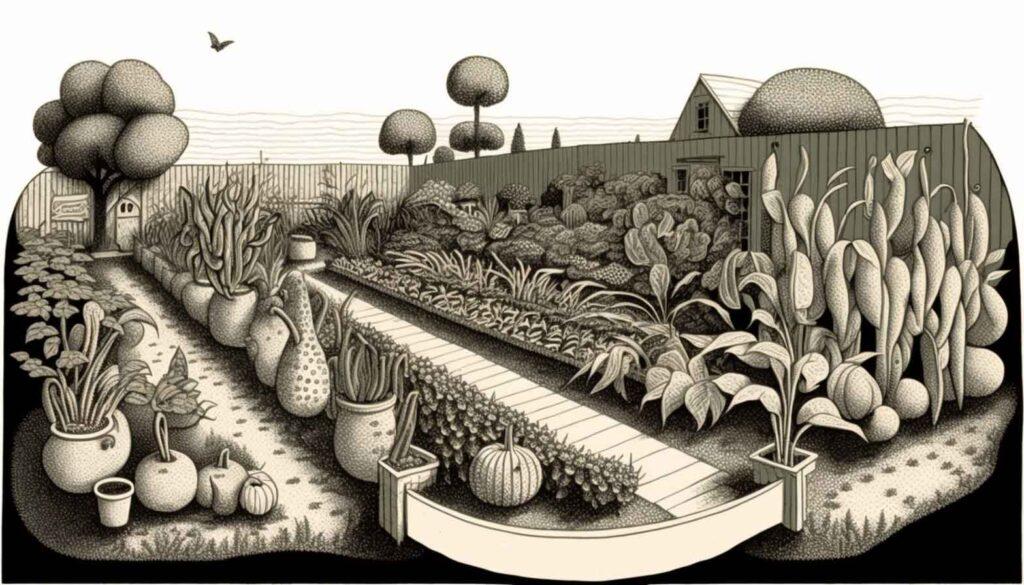
To create an organic in-ground vegetable garden, start by preparing your soil with organic matter like compost or aged manure. This will help improve soil health and provide nutrients for your plants. You can also use organic pest control methods, such as introducing beneficial insects or using organic pesticides made from natural ingredients like neem oil or pyrethrum.
One of the benefits of organic gardening is that it can help improve the health of the soil and the plants that grow in it. By avoiding the use of synthetic chemicals, you can create a thriving ecosystem in your garden that supports beneficial insects and microorganisms. Additionally, by using organic methods, you can reduce your impact on the environment and promote a more sustainable way of living.
However, there are also some downsides to organic gardening. Because organic pest control methods can be less effective than synthetic chemicals, you may experience more pest damage or lower yields. Additionally, organic gardening can be more labor-intensive than conventional methods, requiring more time and effort to maintain the health of your plants.
In-ground vegetable gardens offer a time-honored way to grow your own food at home, with a long history of use dating back to ancient civilizations. While there are both pros and cons to this traditional method of gardening, many people find that the benefits outweigh the drawbacks. By using companion planting, square foot gardening, or other planting strategies, you can maximize the yield of your garden and enjoy fresh, healthy produce all season long. And by choosing to grow your crops organically, you can further reduce your impact on the environment and promote a more sustainable way of living. So why not give in-ground vegetable gardening a try and discover the joys of growing your own food?




Leave a Reply